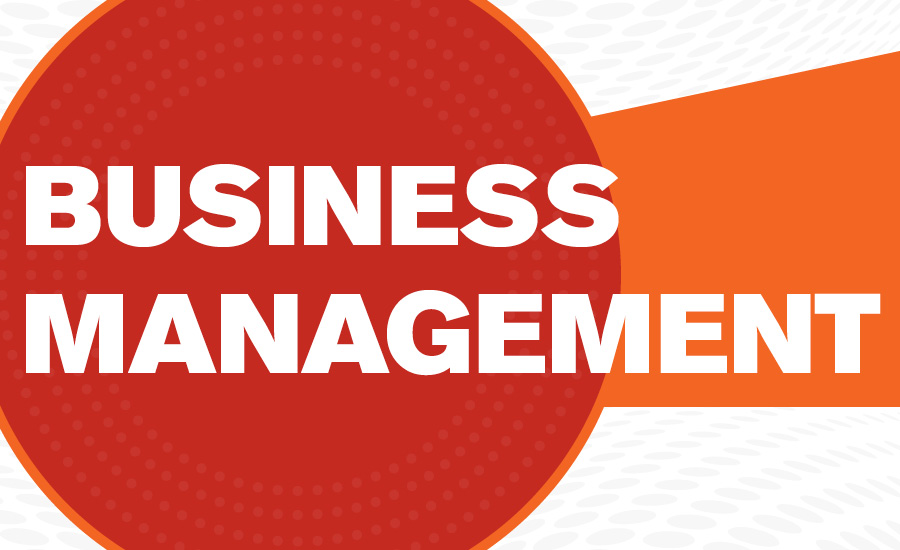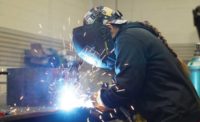If you hesitate the least bit in answering the simple question, “What’s the best way to grow your business?” then chances are, your business is experiencing little or no growth. Referrals are what successful companies thrive on, and they are what allow for massive growth and expansion. The services or products are so outstanding that the consumer raves to family, friends, and neighbors. You have loyal customers who keep coming back and plenty of new customers who are not at all price-sensitive — they just want to make sure that you are going to solve their problem. Your job is to put the customer at ease that they are in good hands, as you will by attending to their every need and providing them premium service.
I ask plenty of companies to tell me about their referral process or programs, but the answers I receive are usually fuzzy and unclear. I might hear something like “We do a great installation, we really pride ourselves on that. And when the job is done, we ask the customer for a referral, or we will offer the customer a $50 gas card if they can refer someone to us.” I must admit, that is better than nothing (but not by much).
The second part of the problem is asking HVAC contractors what percentage of their business comes from referrals or how effective their marketing campaign is. How are your advertising dollars being used? Does your marketing produce leads?
The average answers to both questions is “Yes, most of my business comes from referrals, and yes, we have lots of leads from our marketing.” But when push comes to shove as to quantifying where the leads come from, most contractors really don’t seem to know. If you don’t effectively track where the leads come from, how can you really know what’s working and what’s not?
It’s no secret you can close more sales off a lead that comes from a good referral, so wouldn’t you want to know this information before visiting the customer? Your company has installed an air conditioner for this person’s mother, who highly recommended you by name: If you had that knowledge before running the sales call, would you still give the same presentation, would you price the job any different? If you thought the lead came from your website and not from a referral, you should definitely have a different approach.
Customers will typically tell you how they heard about you when you ask them on the phone. However, once a salesman knocks on the door, customers have a tendency to clam up. It would be nice if you could walk in and instantly have a connection with your potential customer — talking to them about how nice their mother was.
What is a great referral program, and how does it work? I believe the referral process starts with your initial presentation. When I was a contractor, I created an installation checklist that was part of my sales process. I would do a proper needs analysis to determine what was important to the customer, followed by a needs solution. Part of any solution is a high-quality installation, and it’s important to educate consumers on that.
My company ensured a quality installation by following a step-by-step checklist to make sure no stone went unturned. I had pictures of vacuum pumps, gauges, etc., so customers could see the tools of the trade and understand that a professional installation is crucial. I let the customers know that when the job was finished, my installation technician would go through the checklist with them, the installer would sign it, and the homeowner would receive a copy.
I would let the customer know up front that our job was to exceed their expectations, and our checklist was part of that process. We wanted for the customer to be our lifelong client, and hopefully they would be proud to refer us to their family and friends. I let the customer know during the sales presentation that I wanted to earn a referral.
If for some reason I couldn’t close a sale because the customer wanted to get another quote, my leave behind included my bio, the company bio, equipment brochure, and, of course, our installation checklist. I am proud to say I had a very high closing rate. We would sell the job, do the installation, and once the checklist was signed, we would ask the customer for the referral. We had a one-page referral form the installation technician would partially fill out and go over with our new customer. The key was to set up the referral from the very start. If the customer didn’t have a referral for us at that time, we would ask them to please keep us in mind in case they ever knew of someone who needed a good HVAC contractor. We would give them a company magnet for their refrigerator and let them know if we did receive a referral from them, we would mail them a $70 gift card of their choosing.
The second part of the process is what was called a 12-pack referral approach. You ask the customer if they wouldn’t mind if you took their picture with them standing next to the furnace or air conditioner you just installed for them. I had a pre-written letter available, saying that I (the customer) had called (my company name) out and we had done an excellent job. I (the home owner) would highly recommend this fantastic company. We would show the letter to our customer to see if it would be OK if we inserted their picture onto the letter in the predesigned spot, so we could send the letter to their neighbors. We also told the homeowners that the chances were high that their neighbors’ houses were built around the same time as their own, so their HVAC equipment was probably the same age as the old equipment that we had just replaced.
We didn’t want the letter coming from our company, as it would be regarded as just another piece of junk mail and tossed. But if the letter came from their next-door neighbor or from the person across the street, there was higher likelihood that it would get opened. We had customers who didn’t want their pictures taken, so we asked if we could take the picture of the outside of their house — it was less personal, but it still worked the same. The main point was that the letter needed to come from their close neighbor, and if a lead was generated by the letter, then the customer still received the gift card of their choice.
We explain that their neighbors would probably appreciate the referral because, sooner or later, due to the age of their equipment, it would need to be replaced, plus they might be tired of paying such high utility bills due to inefficient equipment. If financed, the utility savings would make the cost of new equipment extremely affordable. We made sure that all of that information went into the letter that was getting mailed. We had great success with this program, as over 50 percent of the time, we were able to get our happy customers to agree to allow us to take a picture and mail the letter from them (the consumer) to one to three neighbors, some family, and some friends.
The third part of the process was to ask if it was OK to put a yard sign in their yard for a little over a week. We also walked to the six closest houses to leave doorknockers, letting them know that we had done work in the area. We now had reached out to 12 people, thus the name of the program the 12-pack referral approach.
The key to any successful lead-generating program is discipline, plain and simple. You must make sure that the program you set in place is understood and followed by all. I would never let an installation technician start another job until they handed in their installation checklist and the referral document. If the customer had no referrals, we asked that they sign the document that said we had exceeded expectations and that our installer had done his job and asked for the referral.
The referral document has boxes to check:
- The installation technician did a wonderful job with the installation and asked if we could refer anyone.
- We were given permission from the happy customer to take their photo and send the referral letter.
- We will leave a yard sign for eight days, at which time we will pick up the sign and check with the homeowner to make sure everything is still operating at peak performance.
- Our company has been given permission to post the picture of the happy customer on our website or our social media page.
The main point of this document was to hold everyone responsible for trying their best to generate leads. We held contests for whoever generated the most leads, and we gave the installers spiffs for every lead that they generated, plus another spiff if that lead created a sale.
We would spot-check installations and neighborhoods to make sure our customers were truly happy, had their copy of the installation checklist, and to see if the magnet was left on the fridge, the yard sign was present, the door knockers were hung, etc.
You have to stay loyal to your process and have accountability, or you will wind up with wishy-washy results. The trend is to spend a ton of money on web search optimization or other forms of expensive marketing, instead of investing time in a quality lead-generation program. The reason why referral programs are avoided is because it is hard work that demands discipline and changing behavior patterns. But if you invest yourself in this process, the results will produce superior leads that are more likely to close sales. Isn’t that really what you want? I urge you to track each and every call that comes into your shop. The simple question, “How did you hear about us?” must be asked and answered. You need to know what’s working and what’s not to readjust. Happy selling.
Publication date: 10/15/2018
Want more HVAC industry news and information? Join The NEWS on Facebook, Twitter, and LinkedIn today!











